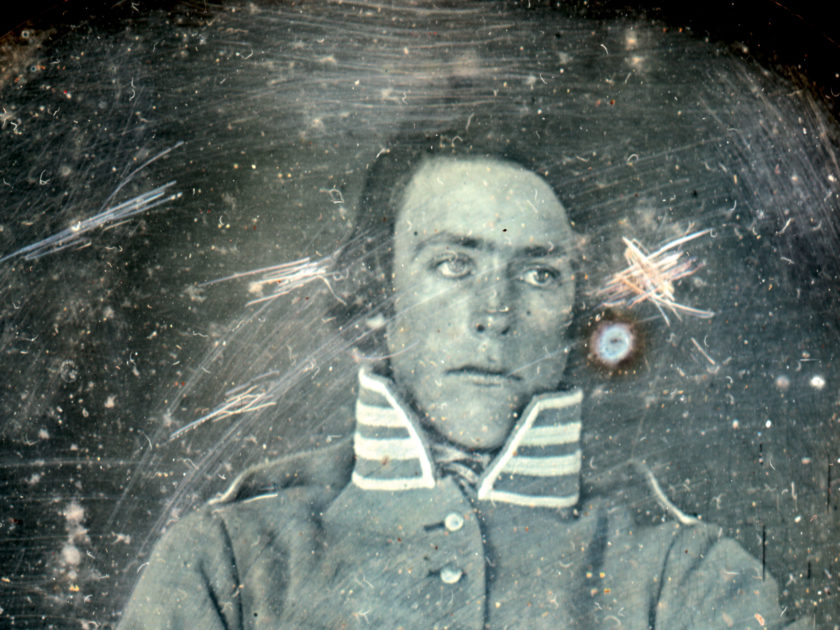
From Vera Crux to Mexico City: A survey of Mexican War era portraits of West Pointers, Regulars and Volunteers
By Dr. William Schultz
Military portraits from the Mexican War are especially relevant to American history, notes veteran collector Bill Schultz.
“Images from this period are the earliest tr
